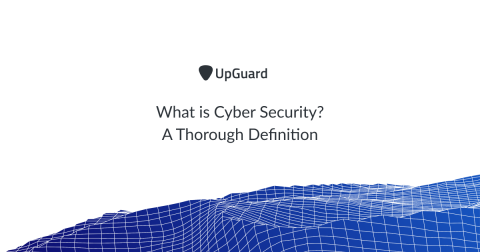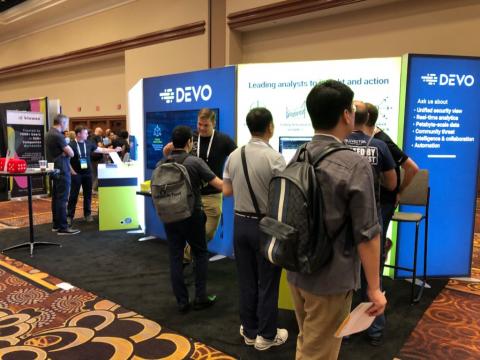What Is Cyber Security? A Thorough Definition
Cyber security is the state or process of protecting and recovery computer systems, networks, devices and programs from any type of cyber attack. Cyber attacks are becoming an evolving danger to the sensitive data of organizations, their employees and individuals.









